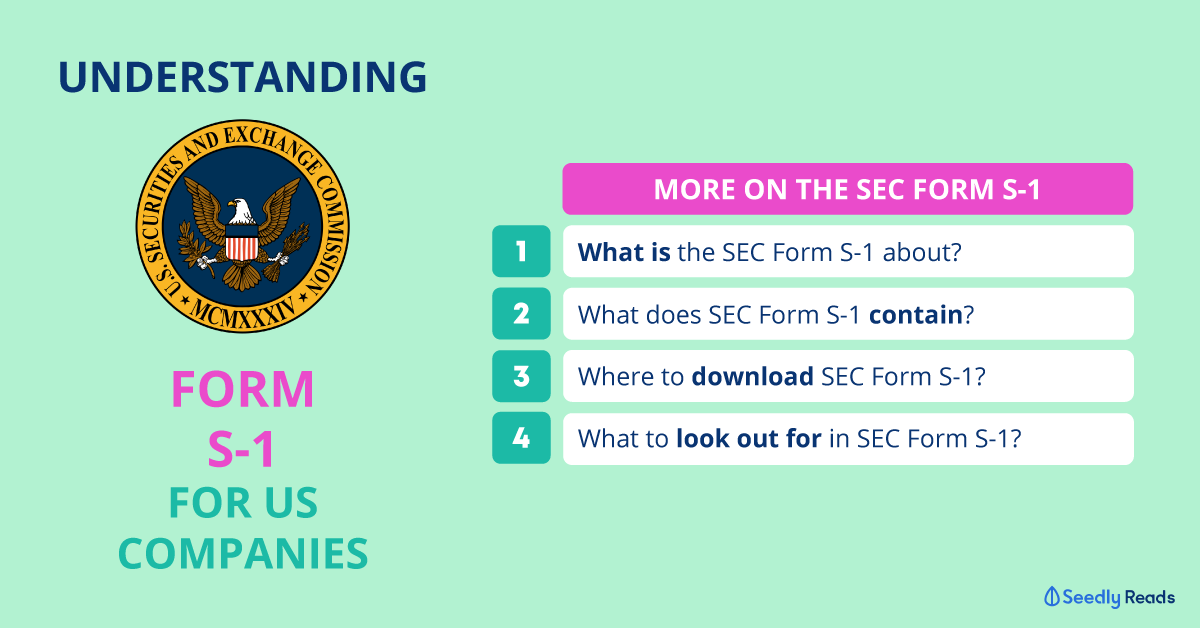Definitely through relative valuations using historical financial statements, you have to first find out who are their peers in their industry, and find out the industry averages for discount rates for their projected growth rates. These datas can be taken from their historical financial statements, to make predictions about their future growth potential. Of course, with these predictions comes alot of assumptions which you have to make yourself - and as long as you can reasonably justify then your guess is as good as mine. This is of course before the IPO company has actually sold their IPO shares to the public, and there is no actualy share price other than the expected IPO share price which investors can subscribe to the shares for.
If you are talking about post IPO evaulation, certain indicators you can use are the P/E ratio, to do a preliminary comparison to their closest peers as to how much more do investors value each earnings of the new company vs it's peers. Of course, with a newly IPOed compaines many people are rather positive about the outlook of the company, so the P/E ratio may not provide the greatest indication of valuation of the stock.
The best but most tedious way is still going back to analyze the historical financial statements and making reasonably conservative projections from there. This will allow you to get the firm's intrinsic value and see if the IPO price is over/undervalued. The underwriter's assessment may be too optimistic given the fact that the underwriters themselves are taking upon the risk of ensuring that the IPOs are sufficiently subscribed to, so they have to sell the idea of the IPO to investors by making projections very appealing.
If you aren't confident of doing it yourself (which I am assuming you aren't too well versed in this), perhaps a comparison of different valuation reports of different companies is a good idea to get a feel of their assumptions and how they go about doing their valuations.







Definitely through relative valuations using historical financial statements, you have to first find out who are their peers in their industry, and find out the industry averages for discount rates for their projected growth rates. These datas can be taken from their historical financial statements, to make predictions about their future growth potential. Of course, with these predictions comes alot of assumptions which you have to make yourself - and as long as you can reasonably justify then your guess is as good as mine. This is of course before the IPO company has actually sold their IPO shares to the public, and there is no actualy share price other than the expected IPO share price which investors can subscribe to the shares for.
If you are talking about post IPO evaulation, certain indicators you can use are the P/E ratio, to do a preliminary comparison to their closest peers as to how much more do investors value each earnings of the new company vs it's peers. Of course, with a newly IPOed compaines many people are rather positive about the outlook of the company, so the P/E ratio may not provide the greatest indication of valuation of the stock.
The best but most tedious way is still going back to analyze the historical financial statements and making reasonably conservative projections from there. This will allow you to get the firm's intrinsic value and see if the IPO price is over/undervalued. The underwriter's assessment may be too optimistic given the fact that the underwriters themselves are taking upon the risk of ensuring that the IPOs are sufficiently subscribed to, so they have to sell the idea of the IPO to investors by making projections very appealing.
If you aren't confident of doing it yourself (which I am assuming you aren't too well versed in this), perhaps a comparison of different valuation reports of different companies is a good idea to get a feel of their assumptions and how they go about doing their valuations.